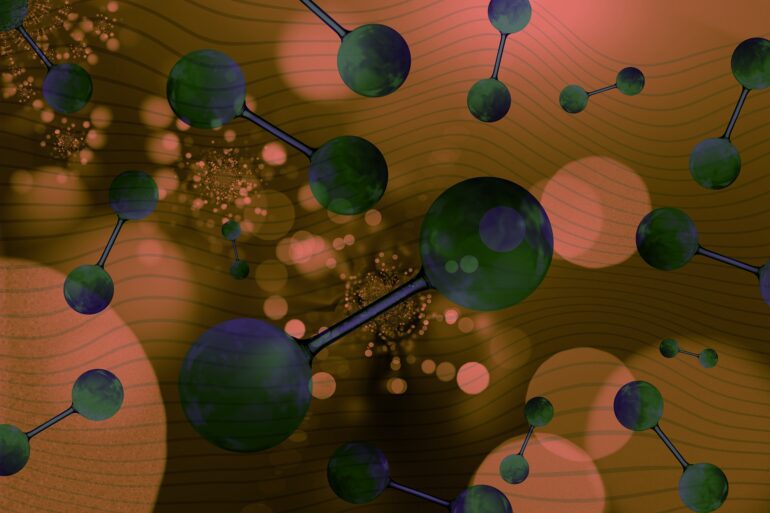TL;DR:
- Researchers in Japan develop a machine learning process for molecule design and reaction pathway suggestions.
- The process addresses the challenges of putting design concepts into practice.
- Bayesian inference is used to analyze data on starting materials and reaction pathways.
- The algorithm proposes synthetic routes for desired compounds, which are then reviewed by expert chemists.
- The method demonstrates overwhelming performance in designing drug-like molecules.
- The researchers aim to accelerate data-driven discovery of new materials.
- The software implementing the machine learning system is made available to all researchers.
- Future work will focus on adapting the process for polymer design, opening new possibilities in the field.
Main AI News:
A team of researchers at the Institute of Statistical Mathematics (ISM) in Tokyo, Japan, has achieved a breakthrough by developing a machine learning process that addresses two key challenges in chemistry innovation. Published in the journal Science and Technology of Advanced Materials: Methods, their groundbreaking work simultaneously designs new molecules and suggests chemical reactions to produce them.
While various research groups have made significant strides in using artificial intelligence (AI) and machine learning to design molecular structures with desired properties, translating these concepts into practical applications has proven to be a slow process. The primary obstacle has been the technical difficulties associated with identifying chemical reactions that can efficiently and cost-effectively synthesize the designed molecules for real-world applications.
Led by statistical mathematician Ryo Yoshida, the ISM research group has developed a novel machine learning algorithm and software system that can design molecules with specific properties and propose synthetic routes using a vast array of commercially available compounds. By leveraging Bayesian inference, a statistical approach, the algorithm analyzes extensive data on starting materials and reaction pathways.
The algorithm explores countless combinations of readily purchasable compounds, evaluating the viability of various reactions and reaction networks to identify a synthetic route that leads to the desired compound. The results are then reviewed and refined by expert chemists who determine the best course of action from the AI’s suggestions.
Yoshida emphasizes the impressive performance of their approach, citing an overwhelming success in a case study focused on designing drug-like molecules. The method has also demonstrated its efficacy in designing routes for industrially useful lubricant molecules. The researchers believe that their work will accelerate the data-driven discovery of a wide range of new materials, and as a testament to this goal, they have made their software system, implementing the machine learning model, available to all researchers on the GitHub platform.
While the current success has been limited to small molecules, the team is now turning its attention to adapting the procedure for polymer design. Polymers play a vital role in industrial and biological compounds, but the challenge lies in finding suitable reactions to construct the proposed designs. However, the integration of simultaneous design and reaction discovery options offered by this cutting-edge technology holds great potential in overcoming this barrier.
This remarkable breakthrough not only paves the way for accelerated material discovery but also demonstrates the power of AI in revolutionizing the field of chemistry and driving innovation to new heights.
Conlcusion:
The development of a machine learning process for molecule design and reaction pathway suggestions represents a significant advancement in the field of chemistry. This breakthrough has the potential to revolutionize the market by addressing the challenges of translating design concepts into practical applications. By leveraging artificial intelligence and Bayesian inference, researchers are able to accelerate the discovery of new materials and optimize the synthesis of desired compounds.
The availability of software implementing this machine learning system further enhances accessibility and collaboration among researchers. As the technology expands to include polymer design, it opens up new opportunities for innovation in industrial and biological compounds. This groundbreaking work paves the way for data-driven discovery and has the potential to drive significant advancements and efficiencies within the chemical industry.

